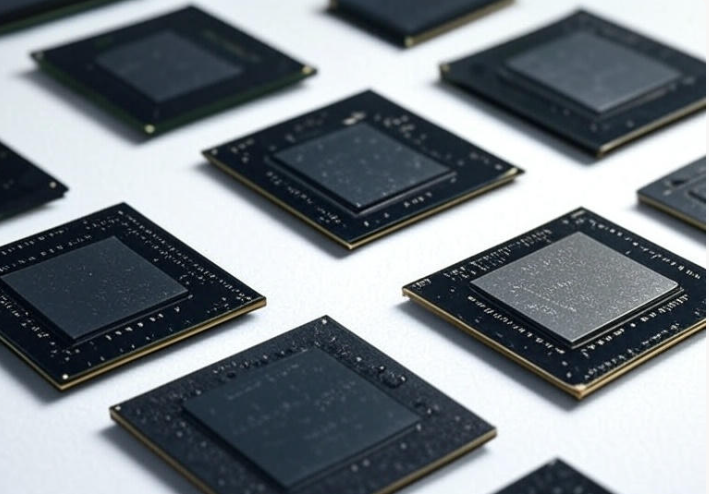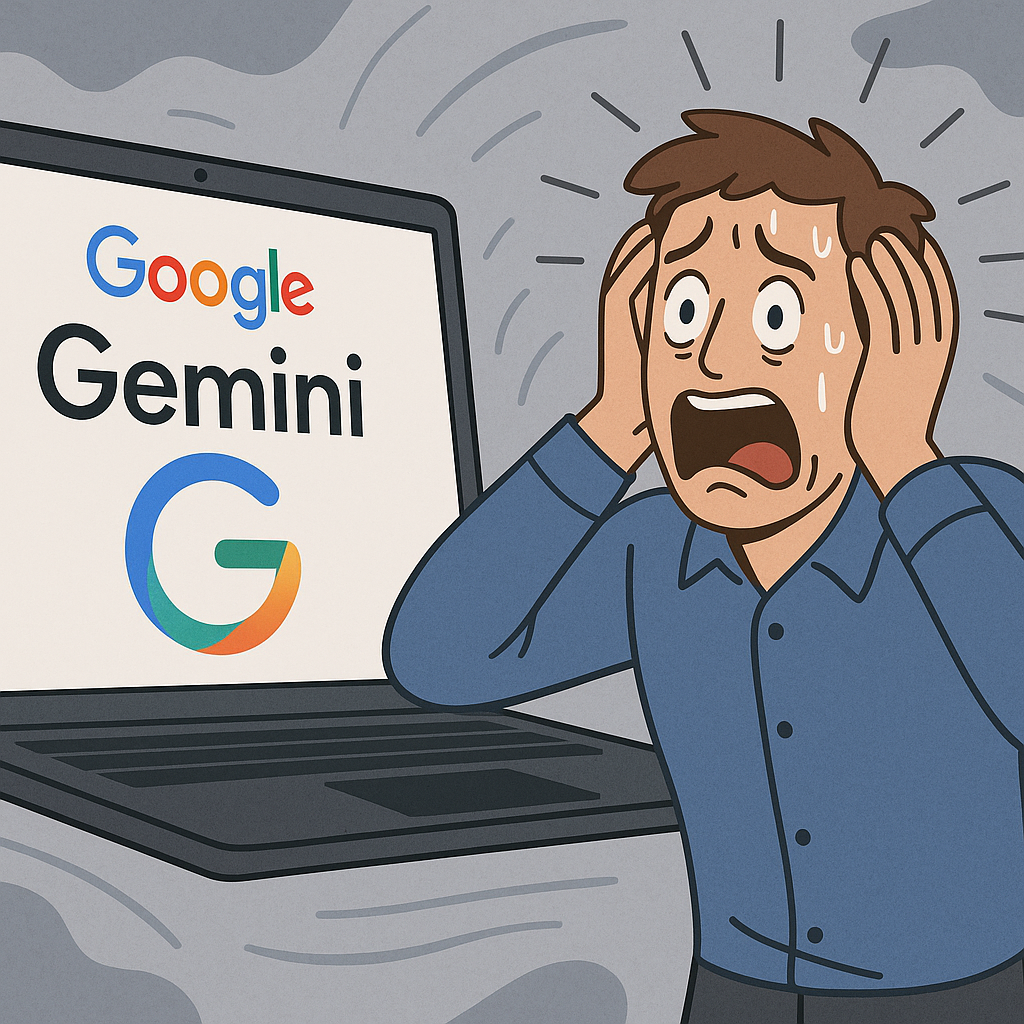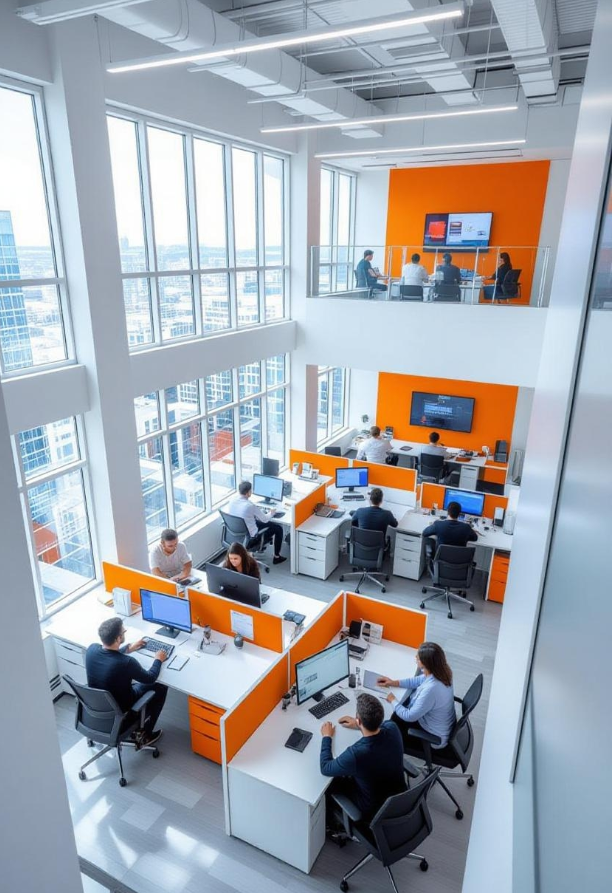The entertainment industry just witnessed a seismic shift. Netflix has implemented visual effects generated by artificial intelligence (AI) for the first time in its original series, The Eternauts, marking what could be the beginning of a new era in filmmaking. This isn’t just another tech upgrade it’s a complete reimagining of how movies and shows get made.
The Breakthrough Moment
Picture this: a building dramatically collapsing on screen in Netflix’s latest Argentine sci-fi drama “The Eternauts.” What viewers don’t realize is that this dramatic building collapse was brought to life using generative AI technology rather than traditional visual effects teams working for months. The generative AI used in The Eternauts helped its production team to complete a sequence 10 times faster than if they had used traditional special effects methods.
This revelation came straight from Netflix’s co-CEO Ted Sarandos during the company’s quarterly earnings call, where he proudly announced this industry first. The implications are staggering – what used to take weeks or months of painstaking work by skilled artists can now be accomplished in a fraction of the time.
What Makes This Such a Big Deal?
To understand why this matters, we need to look at how visual effects traditionally work. Creating a convincing building collapse scene would normally require:
- Months of planning and pre-visualization
- Expensive motion capture equipment
- Teams of 3D modelers creating digital buildings
- Specialized destruction simulation software
- Weeks of rendering on powerful computer farms
- Skilled compositors blending everything together
The entire process could easily cost hundreds of thousands of dollars and take several months from start to finish. Now, with generative AI, the technology, capable of producing high-fidelity imagery from textual prompts, enabled the creative to render the sequence with unprecedented speed.
The Economics Behind the Revolution
Netflix’s move isn’t just about embracing cool new technology – it’s about survival in an increasingly competitive streaming landscape. The company has been under pressure to control costs while still producing high-quality content that can compete with Disney, Amazon Prime, and other streaming giants.
Asked about Netflix’s use of AI, Mr Sarandos said the technology has allowed productions with smaller budgets to use advanced visual effects. This is revolutionary because it democratizes high-end filmmaking. Previously, only big-budget productions could afford spectacular visual effects. Now, even smaller shows can include scenes that would have been impossible before.
The cost savings are real and immediate. Traditional visual effects work requires paying salaries for dozens of highly skilled artists, renting expensive equipment, and covering months of facility costs. AI-generated effects slash these expenses dramatically while delivering results that audiences find convincing.
The Creative Possibilities Are Mind-Blowing
Beyond cost savings, AI opens up creative possibilities that filmmakers have only dreamed about. Imagine a director saying, “I want to see what it would look like if New York City was covered in snow made of gold dust, with aurora borealis dancing between the skyscrapers.” With traditional effects, that might cost millions and take months. With AI, it could be generated in hours.
The speed factor changes everything about the creative process. Directors can now experiment with multiple versions of scenes, trying out different visual approaches without breaking the budget. Writers can be more ambitious with their scripts, knowing that spectacular visuals are no longer limited by massive production costs.
He praised the technology as an “incredible opportunity to help creators make films and series better, not just cheaper.” This philosophy suggests Netflix sees AI not as a replacement for creativity, but as a tool to amplify it.
The Industry Backlash and Concerns
Not everyone is celebrating this breakthrough. The entertainment industry has been grappling with AI anxiety for months, and Netflix’s announcement has intensified those concerns. The use of generative AI is controversial in the entertainment industry and has sparked fears that it will replace human artists and technicians.
In 2024, film mogul Tyler Perry halted plans for a $800m expansion of his studio in Atlanta over fears that the rapid advancement in AI-generated videos would affect jobs. Perry’s reaction reflects widespread industry anxiety about AI’s impact on employment.
The concerns are legitimate. Visual effects artists, who have spent years mastering complex software and artistic techniques, worry about being replaced by AI systems that can generate similar results with just text prompts. The ripple effects could impact thousands of jobs across the entertainment industry.
What This Means for Viewers
For audiences, Netflix’s AI adoption could mean several positive changes:
Better Content for Less Money: If production costs drop significantly, Netflix could invest more in storytelling, acting, and directing while still delivering impressive visuals.
More Diverse Stories: Lower production costs make it economically viable to produce content for smaller audiences, potentially leading to more diverse and niche programming.
Faster Production Cycles: Shows could move from concept to screen more quickly, meaning less waiting between seasons and more responsive content creation.
Enhanced Creativity: Directors won’t be limited by budgets when imagining spectacular scenes, potentially leading to more visually ambitious storytelling.
The Technology Behind the Magic
Generative AI works by training on vast datasets of images and videos, learning patterns and relationships between visual elements. When given a text prompt like “building collapse in urban setting,” the AI draws on this training to create new imagery that matches the description.
The quality has improved dramatically in recent years. Early AI-generated videos looked obviously artificial, but current systems can create footage that’s nearly indistinguishable from traditionally produced content. This quality leap is what made Netflix confident enough to use AI effects in a major production.
Netflix’s Strategic Position
Netflix’s early adoption of AI effects positions them strategically against competitors. While other studios debate and worry about AI, Netflix is gaining practical experience and building workflows around the technology. This head start could become a significant competitive advantage.
The company has always been technology-forward, from its early embrace of streaming to its data-driven content recommendations. Using AI for visual effects feels like a natural evolution of this approach.
What Comes Next?
This first use of AI effects is likely just the beginning. We can expect to see:
More AI Integration: Netflix will probably expand AI use to other aspects of production, from background generation to crowd scenes.
Industry-Wide Adoption: Other studios will be forced to follow suit to remain competitive, making AI effects standard industry practice.
Technology Improvements: As AI systems get better, the quality and variety of generated content will continue improving.
New Creative Roles: While some traditional jobs may disappear, new roles will emerge around directing and managing AI systems.
The Bigger Picture
Netflix’s breakthrough represents more than just a cost-cutting measure – it’s a glimpse into the future of entertainment. We’re moving toward a world where the barrier between imagination and visual reality continues shrinking.
This shift will likely accelerate innovation across the industry, potentially leading to entirely new forms of entertainment that blend human creativity with AI capabilities. The question isn’t whether AI will transform filmmaking, but how quickly and thoroughly it will reshape the entire industry.
For now, Netflix has taken the first major step into this new world. As audiences watch “The Eternauts” and see that building collapse, they’re witnessing not just a dramatic scene, but a historic moment when AI became a legitimate tool in mainstream entertainment production.
The future of filmmaking just got a lot more interesting – and a lot less expensive.



